Mobile App Usability Testing with Remote Users
November 2nd, 2012
Mobile is hot. So is user experience, usability and customer experience.
Whereas many websites designers, developers and product managers believe thay have a good control of the usability and user experience of their landing pages when accessed from a desktop, in relation to mobile, and especially mobile apps, they know they don’t know.
So there is a huge interest in testing websites accessed from a smartphone or tablet (mobile browsing), and even more so in relation to the customer experience of interacting with mobile apps on iPads, Android devices, iPhones, Windows phone 8, etc, to optimize the mobile app usability & user experience.
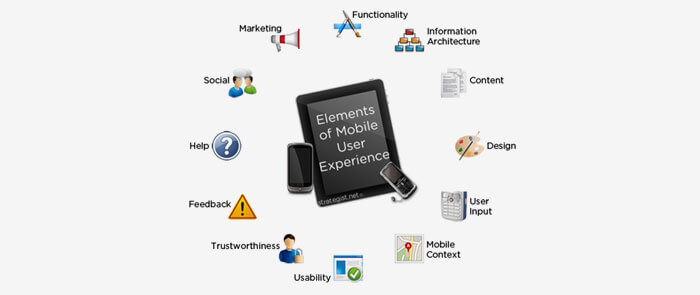
A few issues:
Although a potential solution is to set up a lab based usability and user experience test, this needs to be justified in terms of time, logistical complexity and cost, and many apps and “mobile optimized” website designs and prototypes may not pass the hurdle, and thus may be launched with little or no user testing and input.
An easier, faster and less expensive option is to conduct an unmoderated remote usability and user experience test on the app or mobile landing page or prototype. This allows for a vastly larger pool of potential participants (since they do not need to travel to any particular location), and thus a better match up of target Personas with the specific mobile app or landing page being tested for usability and user experience.
Recording Remote User Interactions with a Mobile App
There are a number of software solutions that alow for recording the mobile browsing experience remotely, by having the participants install an application geared to this purpose, for example UX Recorder, for testing IOS 5 and up and front facing camera devices for the mobile browsing user experience.
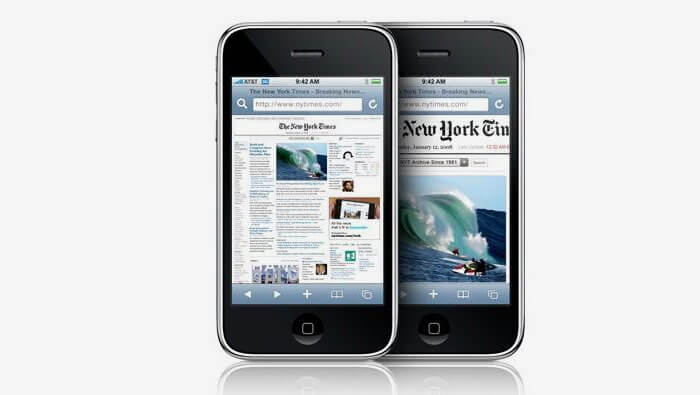
However, this solution and other similar ones do not allow for remote unmoderated mobile App usability and user experience tests. They only allow for mobile browsing user experience testing, not mobile app user experience testing.
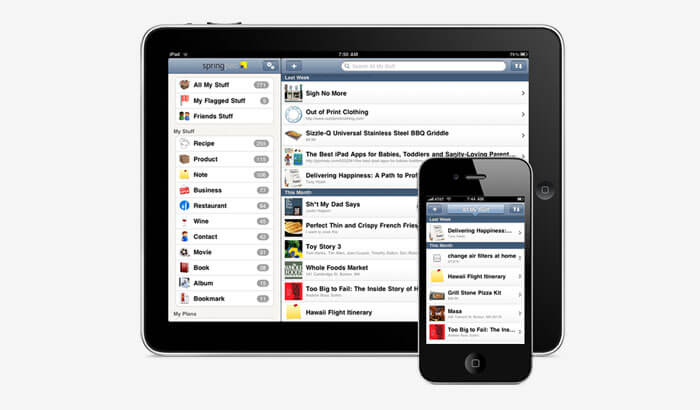
There are a number of reasons why mobile app usability testing is more difficult than for traditional website usability and user experience testing:
- Issues with, or simply a lack of mobile multitasking, necessary to have both the usability testing recorder app and the app being tested running simultaneously;
- The added logistics and complexity of receiving “approval” for apps under development and their interaction and interoperability with usability and user experience recording apps; one of the usability and user experience downsides to the “closed garden” universe of mobile apps, but that’s an issue for another day…)
Using Custom Fixtures and Cameras
Another solution that has been tried is to hire a set of at-home professional testers, provide them with a specially designed camera fixture and camera, and ask them to record the interactions they conduct on their mobile device.
The downside to this approach is two-fold:
-
The finger movements of the participant obscure and make more dificult visualizing what is happening on what is a relatively small screen in the case of smartphones;
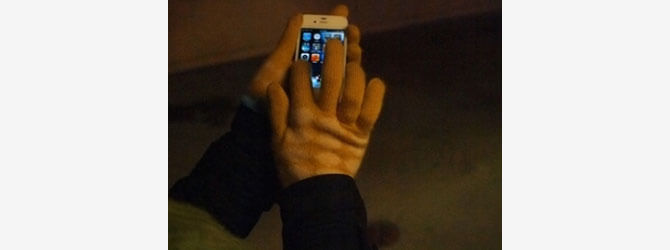
-
The use of professional testers, instead of target Personas, may uncover the larger and more obvious usability and user experience issue, however they are likely to fail to uncover the more fine grained and “respondent/context/goal” customer experience issues of a good target Persona-usability goal match.
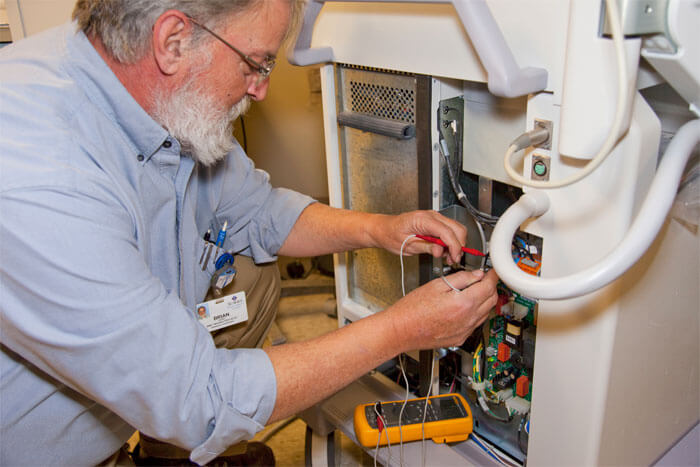
Is there another way?
Fortunately, yes.
In recent months a number of apps have been appearing that enable the projection of a “mirrored” image of a mobile smartphone or tablet onto an adjacent desktop or laptop screen.
This means that a mobile user experience and usability test can be set up using a remote webcam + screen recording system such as that of userlytics.com.
The screen of the mobile smartphone or mobile tablet is recorded, without any obscuring finger movements, including every change of state, every static or dynamic image, every set of images, videos, and interactions, with the verbal commentary and “think aloud” protocol of the participant.
And, if the webcam option is chosen, this is done simultaneously with the webcam recording of the participant.
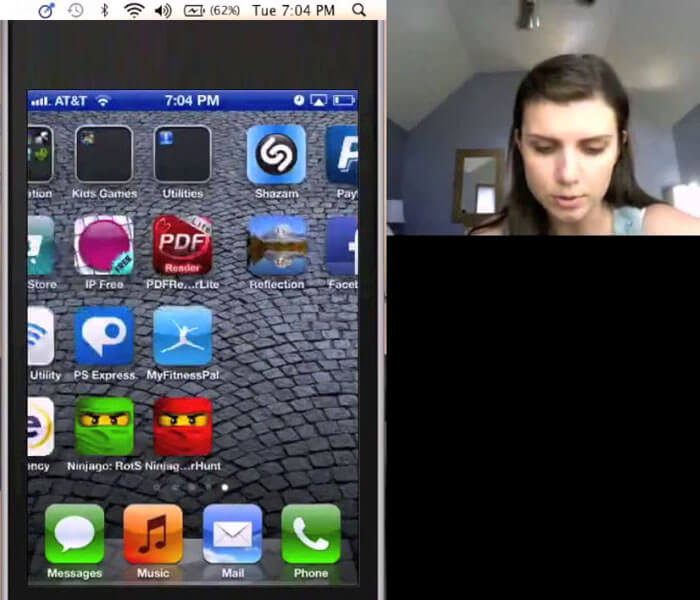
No special hadrware is required. And therefore any participant, anywhere in the world, can easily participate by installing the recording app provided as part of the setup.
This makes remote mobile app usability and user experience testing, on an unmoderated basis, or moderated if needed, very simple and easy as well as fast and affordable.
Which means that mobile app developers, product managers, designers and online marketers can more easily and quickly tweak the user interface of their mobile apps and mobile websites.
Without spending a lot of money on live trial and error.








